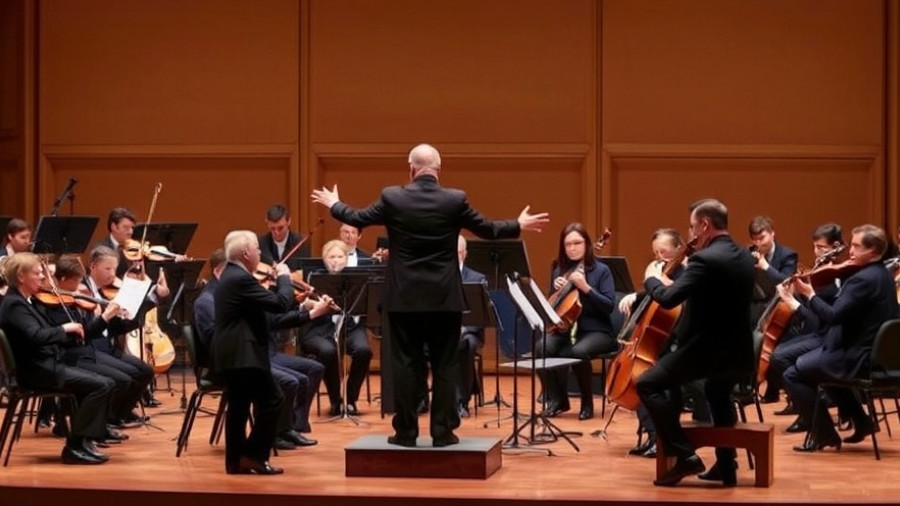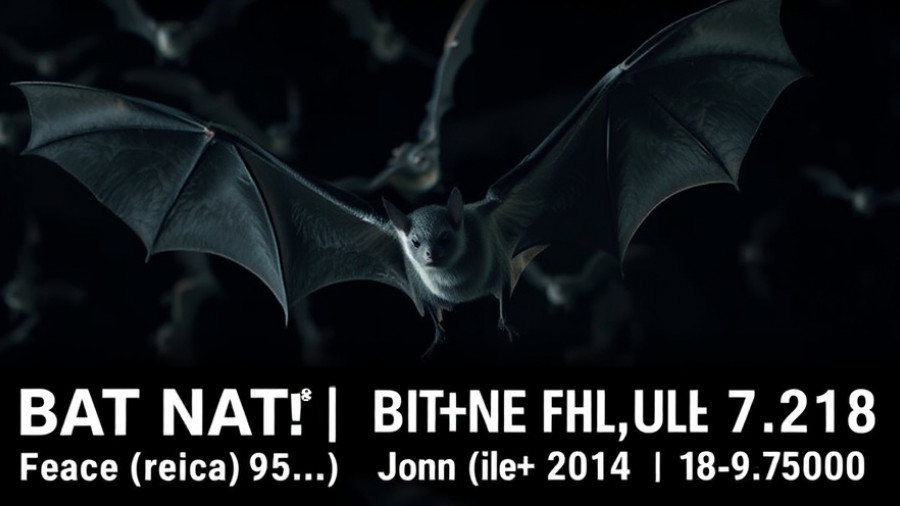
When Music Speaks Slowly: A Reflection on the Philharmonia's Performance
In the quiet ambiances of Berkeley’s Zellerbach Hall, the London Philharmonia Orchestra graced the stage with a unique take on music that urged listeners to savor every note. On October 18, the orchestra, under the careful direction of principal conductor Santtu-Matias Rouvali, embraced a relaxed tempo that evoked a mixed bag of responses from the audience. This exceptional evening showcased Beethoven’s Piano Concerto No. 5, featuring the compelling pianist Vikingur Ólafsson, alongside the intricate Symphony No. 5 by Jean Sibelius and a premiere work from Gabriela Ortiz.
Immersive Experience: Beethoven’s Empire Shines
Ólafsson’s interpretation of Beethoven carried the evening with a vibrant pulse that pulled the audience into the emotive depths of the concerto. His mastery revealed itself in the concerto's first movement, where he deftly combined strength and delicacy; the piano’s rippling stream of sound resonated with a fresh dynamic. The many contrasts of the piece were beautifully laid bare: the joy in every booming chord and the haunting quality of softer passages held the audience rapt.
Chlorophyll: A Musical Portrait of Nature
In stark contrast to the heights of Beethoven, Ortiz’s composition, Si el oxígeno fuera verde, arrived as an eco-poem that mirrored nature's gentleness and fragility. Dedicated to a late friend, the composition unfolded through textured layers of sound that called to mind the verdant whispers of leaves rustling and life bursting forth in a dance of chlorophyll. The Philharmonia’s strings led this evocative journey, unearthing sincere beauty amidst a flurry of colorful instrumentation, reminding us why art needs nurturing, much like the environments we cherish.
Challenges of Tempo: Sibelius Under the Microscope
However, not all that unfolded that night was met with applause. The pacing adopted for Sibelius's Symphony No. 5 received noticeable critique. Rouvali's slow interpretations led to moments of disengagement, causing some to question whether or not the symphony’s rich narrative sustained its vigor. Despite some highlights, the lengthy drawn-out passages made the energy dip significantly toward the conclusion of the symphony.
The Acoustics: Crafting Sound Beyond Performance
The evening’s performance was further enhanced by the newly-installed Meyer Sound system, which garnered admiration for its ability to tune the hall, lending clarity to the ensemble's sound. This state-of-the-art system nudged the experience from merely auditory to something sensory, accentuating waves of feeling that washed over the audience.
Why Taking Time Matters: A Lesson for the Community
As we digest this experience through music, it serves as a thoughtful reflection on our own lives—how often do we hurry through moments and miss the beauty in the pause? The Philharmonia's commitment to taking their time invites us to embrace the slow, a notion especially poignant in our fast-paced world. Art is not just entertainment; it’s a lifeline of reflection, reminding us that there is beauty in patience and exploration.
Final Notes: Embracing Community through Culture
For lifestyle-conscious adults in the SF Bay Area, attending performances like those given by the Philharmonia Orchestra is not just about the event; it’s about celebrating the vibrancy of our community. Each note played fuels our local culture, fostering connections that bind us to one another. As you consider your next cultural outing, take the chance to enjoy the artistry that surrounds you—slow down, savor it for all it has to offer.
Explore more about upcoming performances and how you can engage with local artists, and perhaps challenge yourself to find beauty in patience at the next event you attend. Your experience may deepen your connection to the music and your community.
 Add Row
Add Row  Add
Add 



Write A Comment